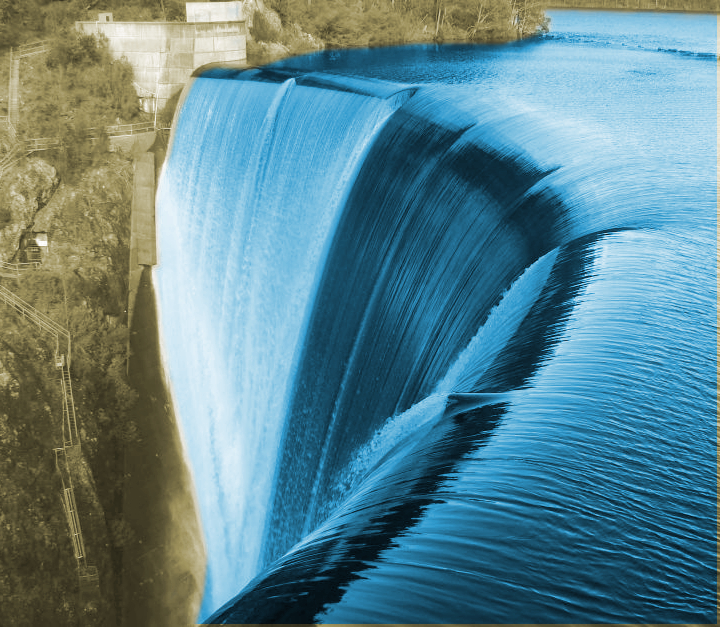China eyes giant dam
 China is digging deeper into its hydropower options.
China is digging deeper into its hydropower options.
Since the 1950s, China has built more than 20,000 large dams, many of which are used for generating electricity through hydropower. This includes the world’s largest hydropower station, the 22.5GW Three Gorges Dam on the Yangtze River.
China’s second-biggest source of energy after coal is hydroelectricity from its dams, providing about a fifth of total energy production. As the nation’s population swells, its need to build new dams continues.
Late last year, as the world grappled with the COVID-19 pandemic, the CHinese government released its 14th five-year plan, laying out future economic and social priorities.
It included plans to build a hydropower plant that could produce three times as much power as Three Gorges.
China is looking to dam the lower reaches of the Yarlung Tsangpo — a transboundary river that flows from Tibet into India, becoming the Brahmaputra followed by the Jamuna as it flows into Bangladesh.
The location is prone to some of the most powerful earthquakes ever recorded and massive landslides.
It is also very close to the disputed border between India and China, suggesting it could further escalate discontent between the superpowers.
There are few details on the project so far, but reports say it may involve boring an enormous water diversion tunnel through the Namcha Barwa mountain. This would allow water to be sent plummeting almost 2,000 metres in elevation through the tunnel and onto turbines on the other side, generating huge amounts of energy.
Chinese media has reported that the head of Powerchina, a company likely to spearhead the project, claims the canyon in question could generate more than 60 gigawatts of power.
More details are accessible here.








 Print
Print